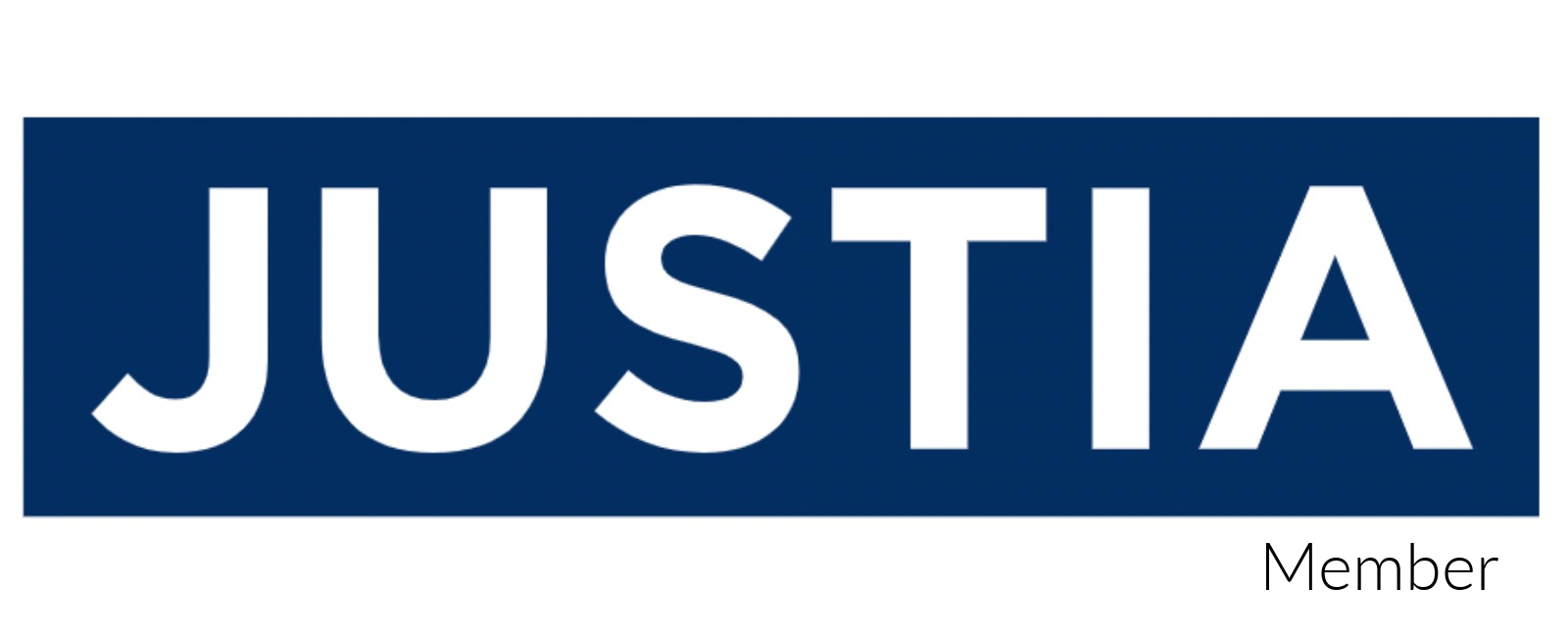- Contact Us Now: (877) 276-5084 Tap Here to Call Us
Trade secrets and what “readily available” really means
Vondran Legal® Trade Secrets Litigation
Legal Issue: What Does “Not Readily Available by Proper Means” Really Mean?
Introduction
In the realm of trade secret law, the phrase “not readily available by proper means” is crucial. It determines whether a piece of information qualifies as a trade secret. But what does it really mean? How do courts interpret this phrase, and what are the implications for businesses and individuals? In this post, we’ll delve into the intricacies of this concept, breaking down legal jargon and providing examples to make it accessible for everyone.
Understanding Trade Secrets
First, let’s define what a trade secret is. According to the Uniform Trade Secrets Act (UTSA), which has been adopted by most U.S. states, a trade secret is:
- Information, including a formula, pattern, compilation, program, device, method, technique, or process;
- That derives independent economic value, actual or potential, from not being generally known to, and not being readily ascertainable by proper means by, other persons who can obtain economic value from its disclosure or use; and
- Is the subject of efforts that are reasonable under the circumstances to maintain its secrecy.
“Readily Ascertainable by Proper Means”
To understand what “not readily available by proper means” means, we first need to look at the opposite: “readily ascertainable by proper means.” This phrase suggests that if information can be easily discovered or obtained through lawful means, it cannot be considered a trade secret. Proper means include:
- Independent invention or discovery
- Example: Two software engineers, A and B, work independently in different companies. A develops a novel encryption algorithm through her research and development. Meanwhile, B, unaware of A’s work, develops a similar algorithm independently. Since B’s discovery was made independently, it is considered a proper means of obtaining the information.
- Reverse engineering (if acquired legitimately)
- Example: Company X purchases a competitor’s product legally from the market. Their engineers disassemble the product to understand its components and design, which is a process known as reverse engineering. Since the product was acquired through legitimate means (e.g., purchase), reverse engineering it is considered a proper means of discovering the information.
- Public information or general knowledge
- Example: A new food recipe that becomes widely known through cooking shows, blogs, and publications falls into the category of public information. Anyone can access and use this recipe because it is not a trade secret, being readily available to the public.
- Published literature
- Example: An academic researcher publishes a paper detailing a new method for synthesizing a chemical compound in a scientific journal. Since the method is now documented in publicly accessible literature, it is considered a proper means of obtaining the information.
- Marketing and sales practices
- Example: Company Y uses a unique marketing strategy that becomes evident to the public through its advertising campaigns, social media posts, and promotional events. Since these practices are visible and accessible to anyone interested, they are not protected as trade secrets and are considered obtainable by proper means.
Not Readily Available by Proper Means
Now, focusing on “not readily available by proper means,” we are concerned with information that cannot be easily discovered or obtained through these lawful means. This often involves:
- Complex or sophisticated processes
- Unique methods or formulas
- Information that requires significant effort, time, or expense to develop
Civil Codes and Legal Definitions
California Civil Code Section 3426.1(d) defines improper means as including “theft, bribery, misrepresentation, breach or inducement of a breach of a duty to maintain secrecy, or espionage through electronic or other means.”
This implies that if information is obtained through any of these improper means, it clearly qualifies as not readily available by proper means.
Case Law Examples
1. E.I. du Pont de Nemours & Co. v. Christopher
In this landmark case, the defendant took aerial photographs of DuPont’s plant construction, attempting to discover trade secrets. The court held that this constituted improper means because the defendant attempted to circumvent the security measures DuPont had in place. This case illustrates that even non-invasive methods like photography can be deemed improper if they aim to uncover trade secrets.
2. Kewanee Oil Co. v. Bicron Corp.
In this case, the Supreme Court held that state trade secret laws were not pre-empted by federal patent laws. This case underscores the importance of maintaining the secrecy of trade secrets and ensuring they are not readily ascertainable by proper means.
3. PepsiCo, Inc. v. Redmond
PepsiCo sought to prevent a former employee from working at a competitor, fearing he would disclose trade secrets. The court found that the information he possessed was not readily available by proper means, emphasizing that trade secrets include valuable, confidential business information that cannot be easily acquired by others.
Practical Implications and Examples
To make this concept more tangible, let’s consider a few practical examples:
1. Software Algorithms
Proprietary software algorithms are often considered trade secrets because they are not readily available by proper means. Even if someone can reverse engineer software, the complexity and time required often render this method impractical.
2. Manufacturing Processes
Unique manufacturing processes that give a company a competitive edge are typically trade secrets. For instance, Coca-Cola’s recipe is a famous trade secret that is not readily available by proper means due to the significant effort required to replicate it.
3. Client Lists
Client lists can be trade secrets if they are compiled through significant effort and not publicly accessible. However, if the same information is available through public directories, it may not qualify as a trade secret.
Definitions of Key Legal Terms
Reverse Engineering: The process of taking apart an object to see how it works in order to duplicate or enhance the object.
Independent Invention: Discovering something on your own without copying or using someone else’s work.
Public Information: Information that is available to the general public and not protected by confidentiality.
Conclusion
Understanding what “not readily available by proper means” means is essential for protecting trade secrets. This concept ensures that only genuinely confidential information that cannot be easily obtained through lawful methods qualifies for protection. By grasping this phrase’s legal implications, businesses can better safeguard their valuable information, and individuals can navigate the complexities of trade secret law.









